First off I'm not used to dealing with images, so if my wording is off please excuse me.
I am looking to take an image that is dropped onto a HTML5 canvas, sample it, do a reduction of the sampling, then create a polygonal representation of the image using mostly triangles with a few other polygons and draw that image to the canvas.
But I do not know where to start with an algorithm to do so. What sort of pseudocode do I need for this kind of algorithm?
This image may offer a better understanding of the end result:
